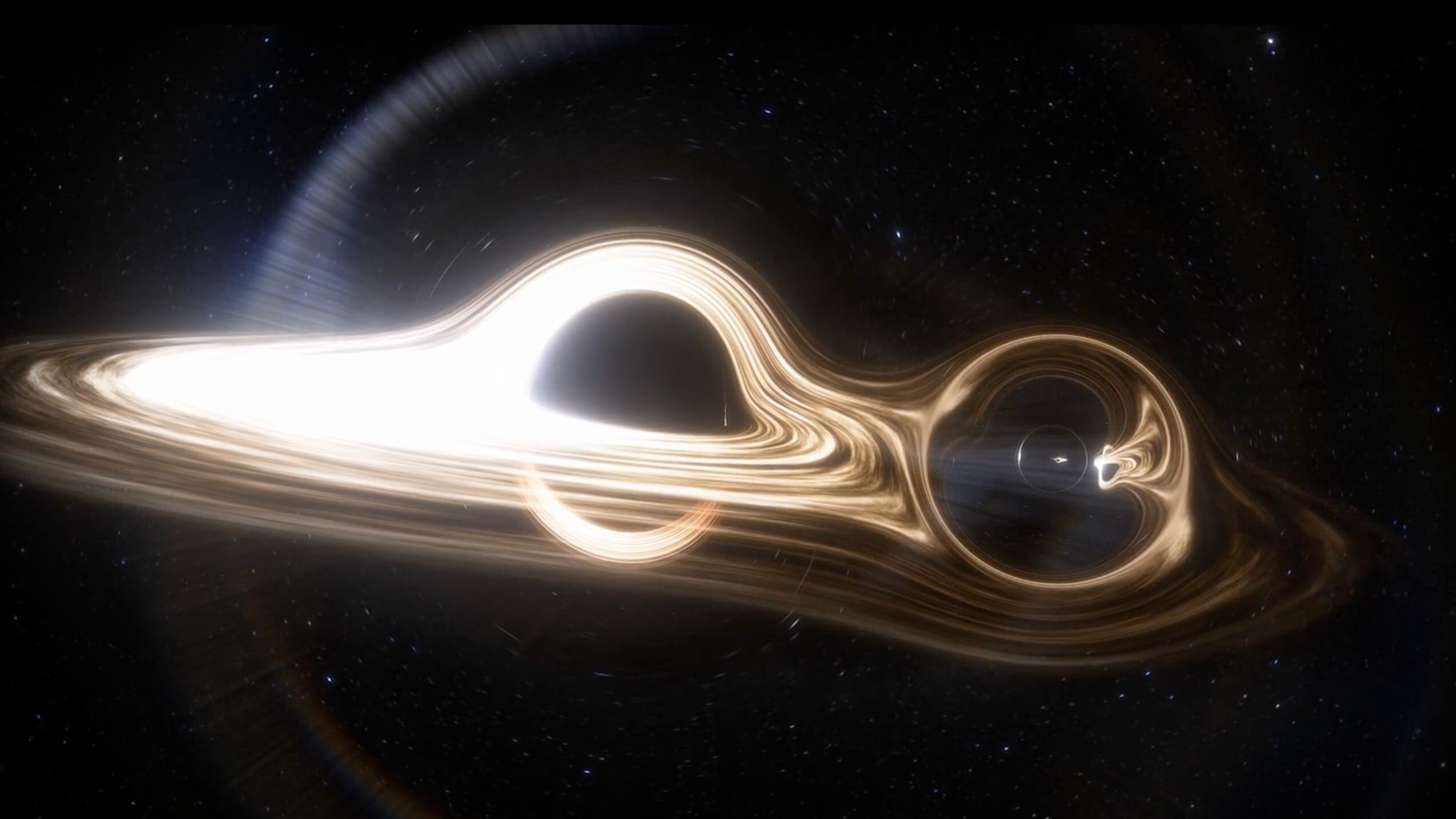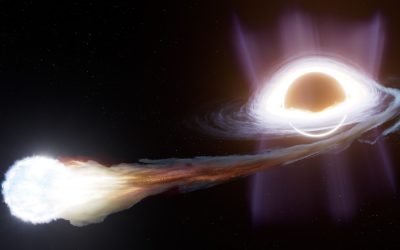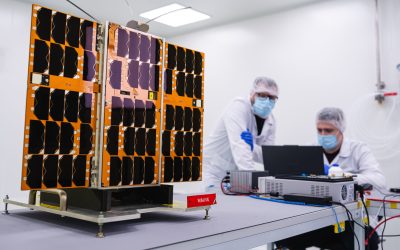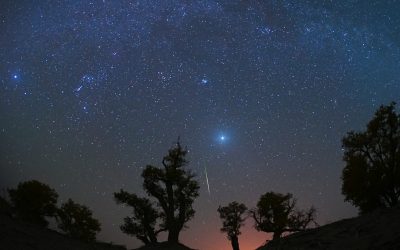Marking a significant astronomical milestone, researchers have obtained the inaugural direct images of two black holes orbiting each other. This breakthrough offers conclusive visual proof for the existence of black hole pairs.
A pair of black holes, orbiting each other every 12 years, has been identified approximately 5 billion light-years from Earth. This cosmic duo was pinpointed through the detection of subtle radio light fluctuations, observed by a combination of both ground-based and space telescopes.
Astronomers have captured an image of a smaller black hole, distinguished by a jet of near-light-speed particles that twist and coil, reminiscent of a rotating garden hose or a dog’s wagging tail. This smaller object orbits a supermassive black hole, a colossal entity roughly 18 billion times the mass of our sun, which itself is responsible for producing the powerful cosmic fountain known as the blazar OJ287. These significant findings were published by researchers on October 9 in *The Astrophysical Journal*.
Astronomers have captured an unprecedented image depicting two black holes in a binary orbit, a scientific first. Mauri Valtonen, lead author of the study and an astronomer at the University of Turku in Finland, confirmed this groundbreaking achievement. While black holes inherently remain invisible due to their perfect darkness, the captured image reveals their presence through the powerful particle jets they emit. These jets, along with the surrounding incandescent gas, serve as key indicators for detecting these cosmic entities.
Black holes come into existence following the gravitational collapse of colossal stars. These enigmatic cosmic entities expand their mass by consuming vast quantities of gas, dust, stars, and even by merging with other black holes. For some, the intense friction generated as material spirals into their powerful gravitational wells causes this matter to superheat and emit light. This detectable emission allows telescopes to observe them as active galactic nuclei (AGN).
Quasars represent the most extreme manifestations of Active Galactic Nuclei (AGN). These powerful entities are supermassive black holes, weighing billions of times more than the Sun, that shed their gaseous cocoons by unleashing light blasts trillions of times more luminous than the brightest stars. When these intense jets are oriented directly toward Earth’s line of sight, they are classified as blazars.
Astronomers have successfully imaged the colossal black holes at the heart of our Milky Way galaxy and the adjacent Messier 87. Furthermore, the groundbreaking detection of gravitational waves has provided compelling evidence for the existence and dramatic mergers of binary black hole systems. Yet, despite long-standing suspicions that the active galaxy OJ287 hosted an orbiting pair of these massive objects, previous telescopic technology lacked the necessary resolution to distinguish them, rendering them as a singular, unresolved point of light.
Astronomical records for OJ287 extend back to a time before the existence of black holes was even known. Its characteristic semi-periodic flares in intensity were inadvertently captured on late 19th-century photographic plates, which were originally created to observe nearby cosmic objects. By the 1980s, a re-examination of this historical data, combined with new follow-up observations, led astronomers to speculate that the system’s consistent pattern of dimming and brightening was caused by two orbiting black holes.
To achieve visual confirmation, astronomers employed a radio image. This image was captured by a network that incorporated the Russian scientific satellite, RadioAstron (also known as Spektr-R). Equipped with a radio telescope, the Spektr-R was operational from 2011 to 2019.
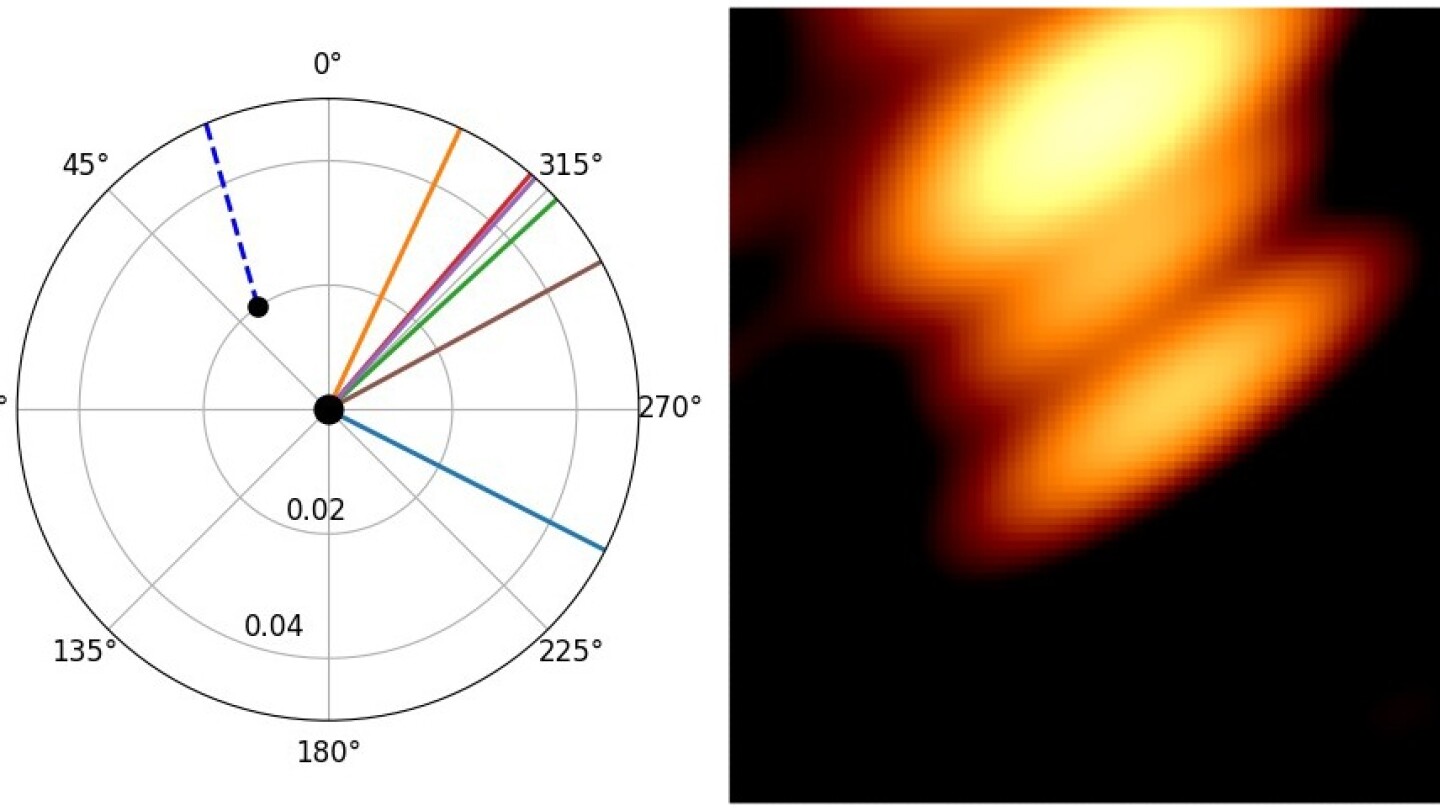
The satellite’s radio antenna extended an unprecedented distance, reaching halfway to the moon, a development that significantly enhanced image resolution, Valtonen stated. He contrasted this with recent years, where reliance on Earth-based telescopes resulted in comparatively lower image quality.
By scrutinizing the image’s characteristics against prior calculations, scientists precisely located two distinct components. These elements aligned perfectly with theoretical predictions, appearing exactly where the jets emanating from each black hole were expected to be found.
A significant caveat, however, remains: researchers caution that the two jets observed in the image could be overlapping, meaning the possibility of there being only a single jet cannot yet be fully dismissed.
Experts indicate that re-attaining the high observational resolution once achieved by RadioAstron will, in the future, make it possible to conclusively verify the secondary black hole’s distinct behavior, described as the “‘wagging of the tail’.”

